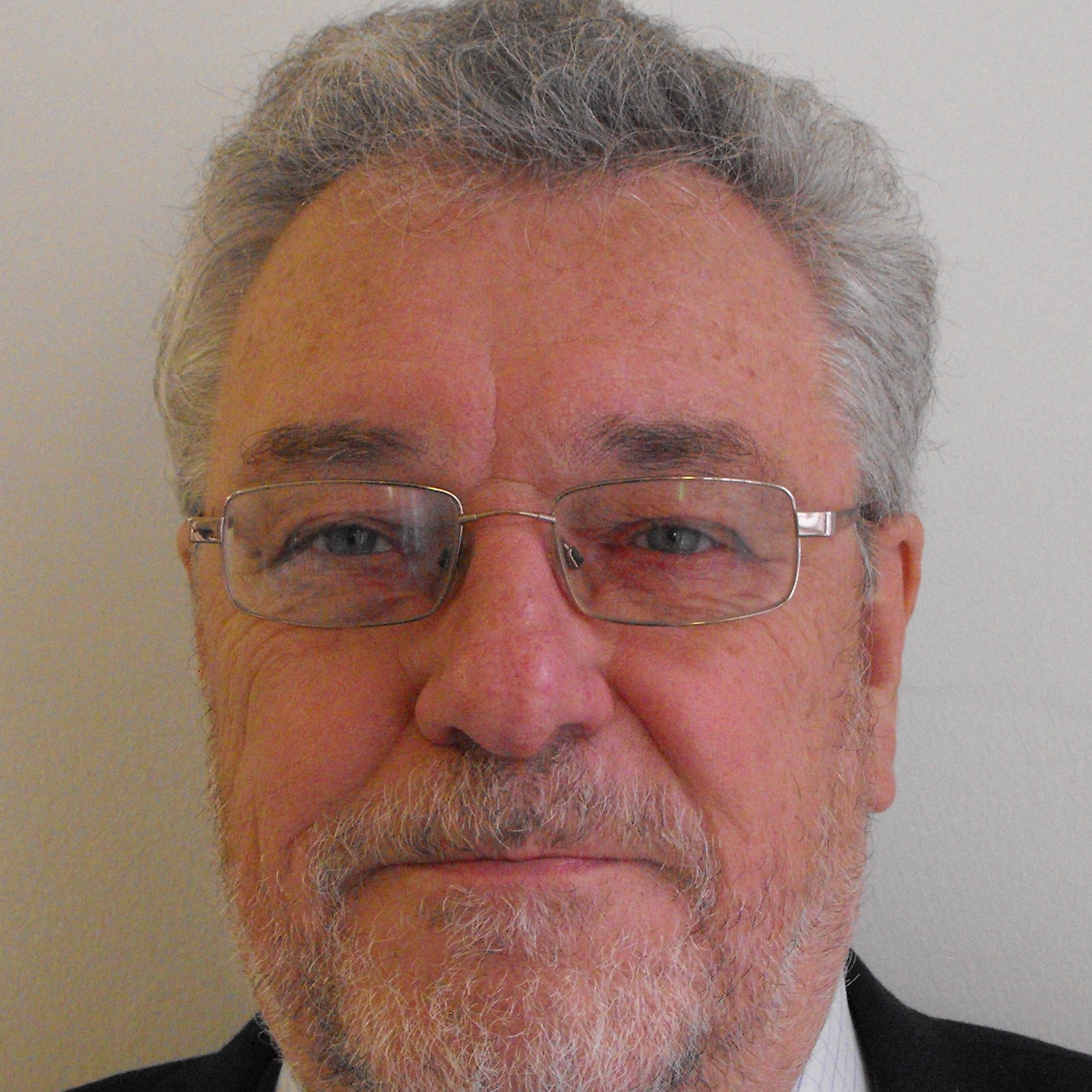Impacts of AirBnB regulation in New York
New York has long been a money spinner for AirBnB. In January 2023 there were 38,500 listings. As…
New York has long been a money spinner for AirBnB. In January 2023 there were 38,500 listings. As…
In 2010 the Commonwealth Association of Planners held its first Student Essay competition. The winners were Jeremiah Atho…
Ken Loach’s film, Kes, was released in 1969. What does it tell us about life in a coalfield…

Cliff is a freelance consultant, researcher, author and trainer. He was the Chair of the Cockburn Association 2016 – 2023.
He is Professor Emeritus of Planning and Spatial Development at Heriot-Watt University in Edinburgh.
He is a Past President of the Royal Town Planning Institute, and of the Commonwealth Association of Planners.
He is a past Chair of Built Environment Forum Scotland.
He was awarded the O.B.E. in the 2016 Birthday Honours.
“The planning system has a significant role in supporting sustainable economic growth in rural areas.” This statement is from the Scottish Government’s Planning Policy. However, planning decisions in rural Scotland can often be very controversial, as Cliff Hague explains in his new blog post. 2013-02-05 There are a range of development pressures on the Scottish…
World Urban Forum 9, in Kuala Lumpur in 2018, was an opportunity to show UK engagement with urbanisation as a global issue. It was missed. Here is the blog I posted from that event. The UK remains myopic about the opportunities and challenges of the urbanisation of the planet. We may fret about the lack…
Opportunities and threats for Territorial Cohesion: Blue Growth and Urban Poverty, Report from the ESPON Open Seminar in Nafplion – Greece, 4 and 5 June 2014 (2014) Co-author.
We are building cities to attract investment, not cities for people to live in, argued David Harvey, the distinguished geographer, speaking in Montevideo. Harvey argued that in times of economic crisis, one escape strategy has been to invest in the built environment, as a way to create opportunities for capital and to get potentially rebellious…
The death of the 23-year old physiotherapy student after she was gang raped on a New Delhi bus has commanded headlines around the world. This appalling and tragic event has focused attention on the failures of the Indian authorities, and Indian society more generally, to tackle long standing problems of sexual assault and harassment. The…
This blog was first posted in August 2014. If you are 30 years old, then 260 million people have moved from rural China into its cities during your life time. This amounts to more than half of the current EU population. 117M moved in the decade between 2000 and 2010. Environmental pollution in many of…
This itemwas first posted in 2018. A major project to compare urban practices in 14 cities will be led by a team based in Glasgow University in Scotland. A £7.1 million research project into urban conditions and practices has been awarded to Glasgow University. The money will be used to conduct research over a 4 year period,…
In the early 1990s Yugoslavia began to disintegrate, triggering a series of vicious wars as ethnic groups contested territories. I have been doing some work looking at current development in the countries of the Western Balkans. Although conditions have certainly improved over the past decade, and the World Bank now rates them as “upper middle…
I was elected Convenor of the Scottish Branch of the RTPI for 1983. The picture shows how the Branch’s magazine reported it. Between 1975 and 1987 the Radical Institute Group (RIG) produced a manifesto backed by a slate of candidates in RTPI elections and also contested some Branch elections. In standing against the sitting vice-convenor…
This blog was first posted on the Planning Resource website on 15 May 2012. Natural disasters continue to claim lives and devastate families, particularly the global South. The poor are most vulnerable as they typically live in the most hazardous locations. However, this social and geographical reality also compounds the problems, because of the gaps…